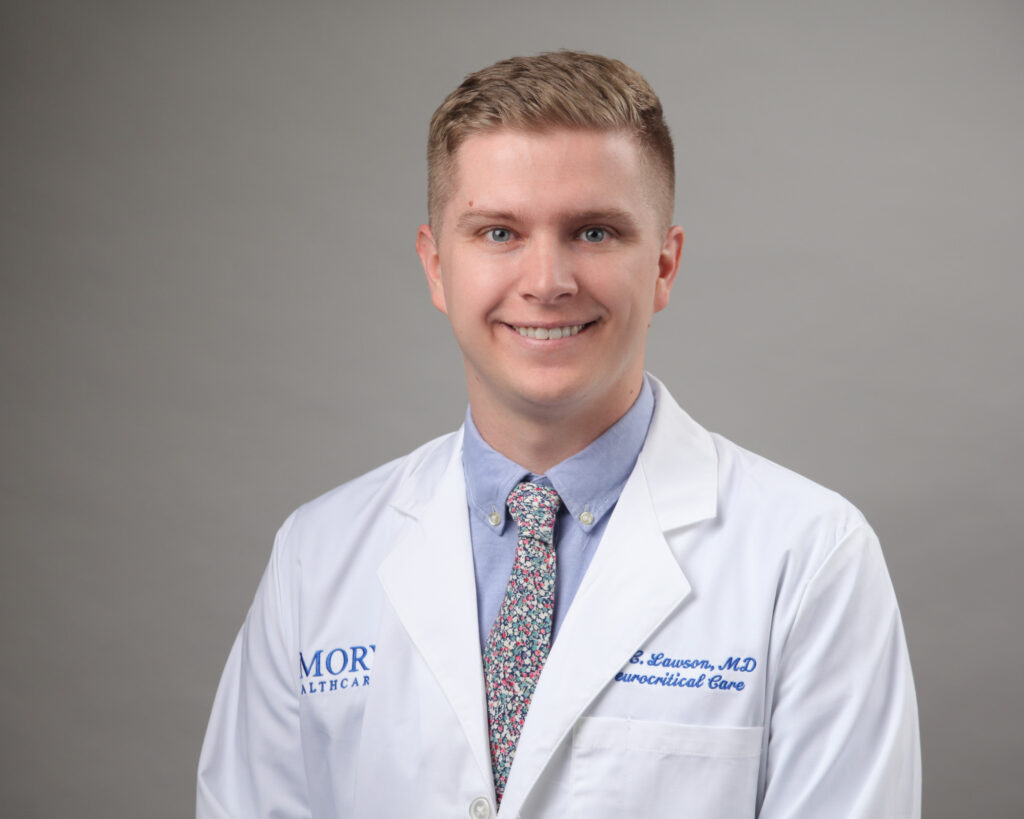Neurosurgery
An Introduction to Neurosurgery
Neurosurgery, one of the most innovative, fastest advancing specialties, is broad in that it encompasses surgery of the CNS (brain and spinal cord), as well as peripheral nerves to the entire body. It serves as a tool for both diagnosis and treatment of patients with injury to, or diseases/disorders of the nervous system. Surgical advances continue in areas such as craniotomy, brain and spinal tumours, endovascular procedures, epilepsy, movement disorders, paediatrics, traumatic injuries, ventricular shunts and more.
Browse our gallery of video highlights and short articles from the conference hub, providing latest expert insights from major conferences and peer-reviewed articles from the journal portfolio.
Our supporting partners do not constitute an endorsement of the content on this page.

Physician burnout is at a critical point. In this episode, Nicky speaks with Dr Alfred Atanda about why so many physicians are burning out and what can be done to change the trend. From personal experience to system-wide solutions, Dr Atanda shares valuable insights on improving physician well-being and building a more effective healthcare culture.

“Your brain thrives on connection; meeting people, interacting and sharing ideas is vital for not only your individual brain health but also our species survival” In this inspiring conversation, and as part of touchNEUROLOGY’s Future Leaders 2025 series, we speak ...

In this episode, we explore the future of continuing medical education (CME) with the team behind touchIME. Hannah Fisher and Matthew Goodwin share insights into global and US trends, the importance of patient inclusivity and how educational outcomes are evolving to better measure the direct impact of learning on clinical practice and patient care.
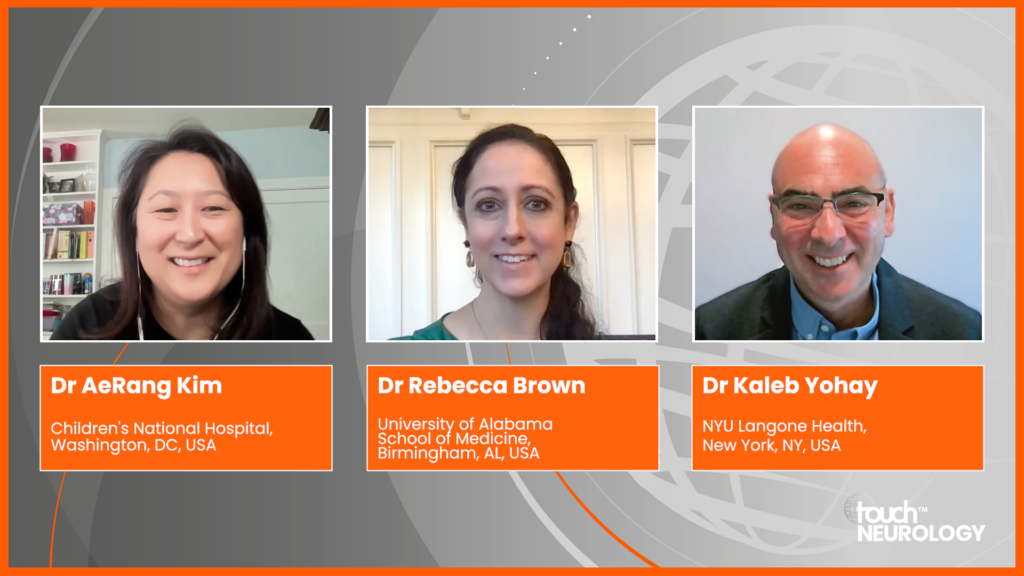
Three experts share insights into the treatment and care of patients with NF1 from childhood to adulthood.

In this episode, we’re joined by Bradley Love, Professor of Cognitive and Decision Sciences at UCL, ELLIS fellow, and creator of BrainGPT. We discuss how this large language model is poised to assist researchers in advancing their work.

Watch an expert in thrombosis and haemostasis address reversal strategies in patients with direct oral anticoagulant-associated intracranial haemorrhage (DOAC-ICH).








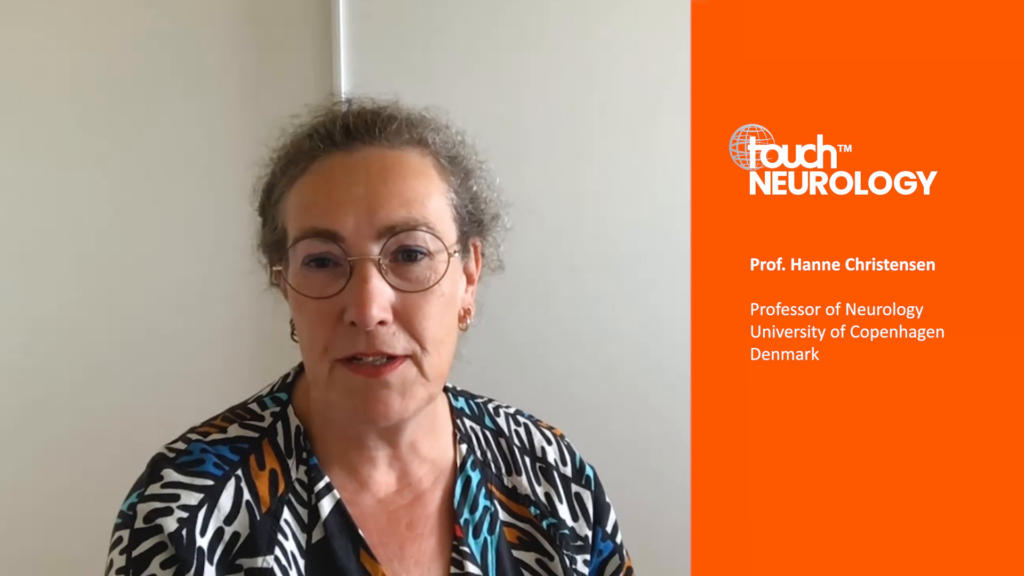
Watch three experts provide insights on the impact of ICH in patients receiving DOACs, DOAC-ICH reversal agents and optimizing treatment outcomes.







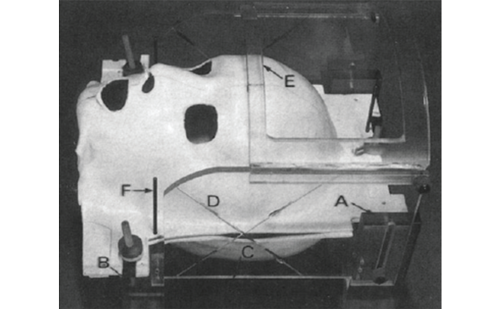
Intracranial radiosurgery, no matter the means or methods of administration, is predicated on a core set of principles, including head immobilization and precise delineation of the treatment target. For some five decades after Leksell introduced the concept of stereotactic radiosurgery ...
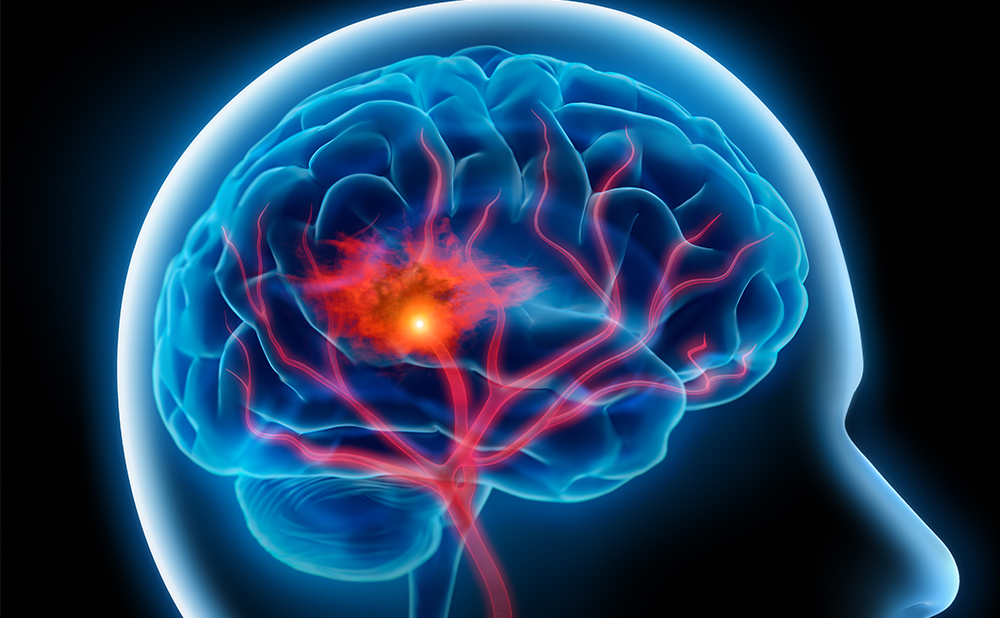
Studying cerebrospinal fluid (CSF) is essential for diagnosing many central nervous system (CNS) diseases, including infection, inflammation and malignancy. Lumbar puncture is a relatively safe and routinely performed procedure for extracting CSF.1 In this review, we summarize the essential CSF ...
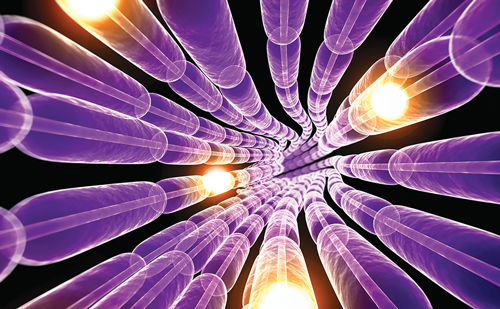
Infections and their prevention have long been a significant concern for surgeons around the world. Surgical site infections (SSIs) represent a considerable burden for both patients and providers alike, as they often result in significant morbidity and mortality, as well ...
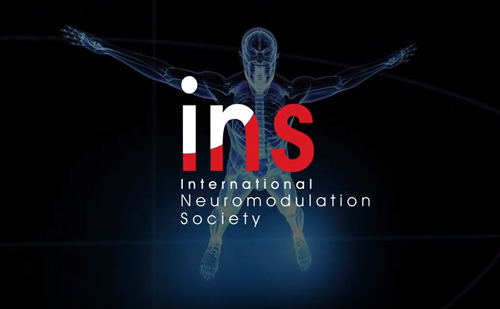
Timothy Deer, President of the International Neuromodulation Society (INS), on how the attending global neuromodulation community at INS 2019 is set to experience a meaningful and unforgettable event. The International Neuromodulation Society's 14th World Congress will be held in Sydney, Australia ...
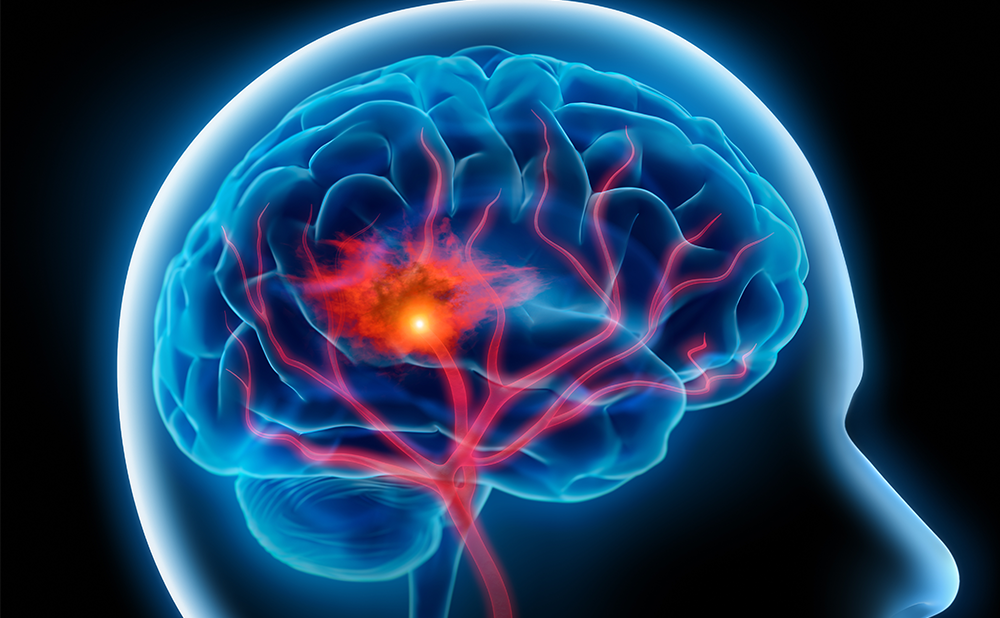
Cerebral cavernous malformations are commonly found in deep regions of the brain, such as the thalamus and brainstem.1 While posing a significant risk of hemorrage,2 they also present a surgical challenge as the rates of morbidity and mortality are high.1,3 ...

Recently released guidelines on the use of disease-modifying therapies (DMTs) in patients with multiple sclerosis (MS) include guidance on starting, switching, and stopping treatment. The guidelines, which were produced by a multidisciplinary panel and endorsed by the Multiple Sclerosis Association ...
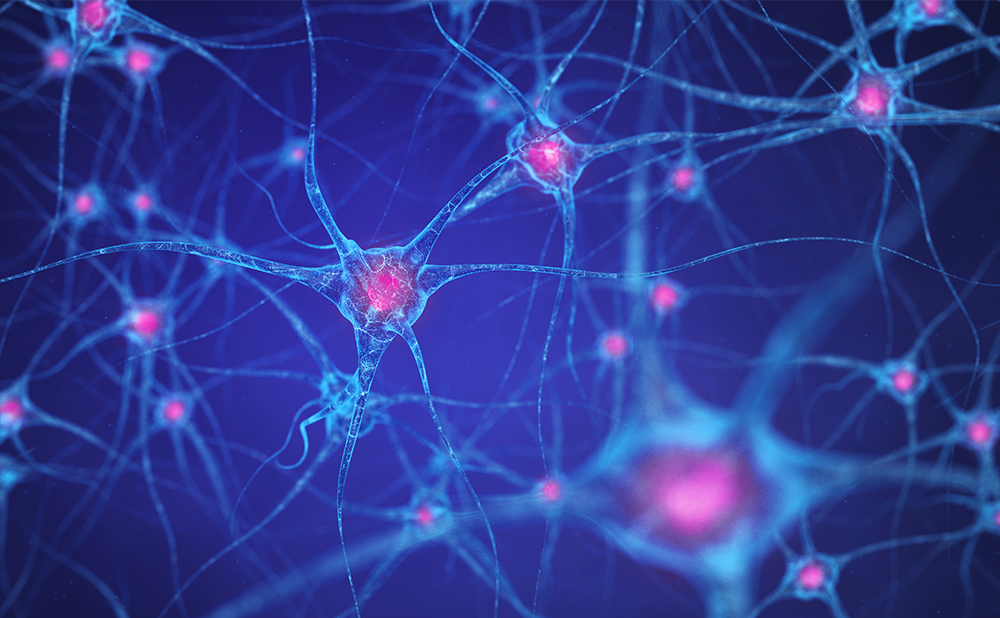
The importance of recognizing and including cognition as a key factor to consider when ensuring comprehensive care for individuals with multiple sclerosis (MS) cannot be over emphasized. Unfortunately, despite it being accepted as a common symptom, cognitive function in MS ...
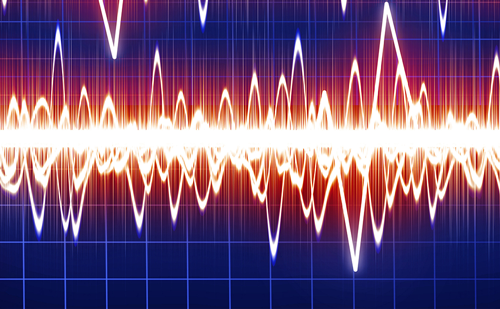
There has been an explosion of data in the field of Alzheimer’s disease (AD), not only from clinical studies but also studies that generate hypotheses and opportunities that may accelerate drug development. In order to make optimal use ...
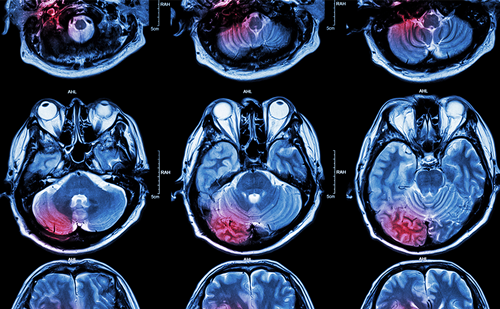
This year, the Alzheimer’s Association International Conference (AAIC) took place in Chicago, IL, US, July 22–26, 2018. During this major annual international meeting dedicated to the advancement of Alzheimer’s disease (AD) and dementia science, an impressive array of the ...
Latest articles videos and clinical updates - straight to your inbox
Log into your Touch Account
Earn and track your CME credits on the go, save articles for later, and follow the latest congress coverage.
Register now for FREE Access
Register for free to hear about the latest expert-led education, peer-reviewed articles, conference highlights, and innovative CME activities.
Sign up with an Email
Or use a Social Account.
This Functionality is for
Members Only
Explore the latest in medical education and stay current in your field. Create a free account to track your learning.




